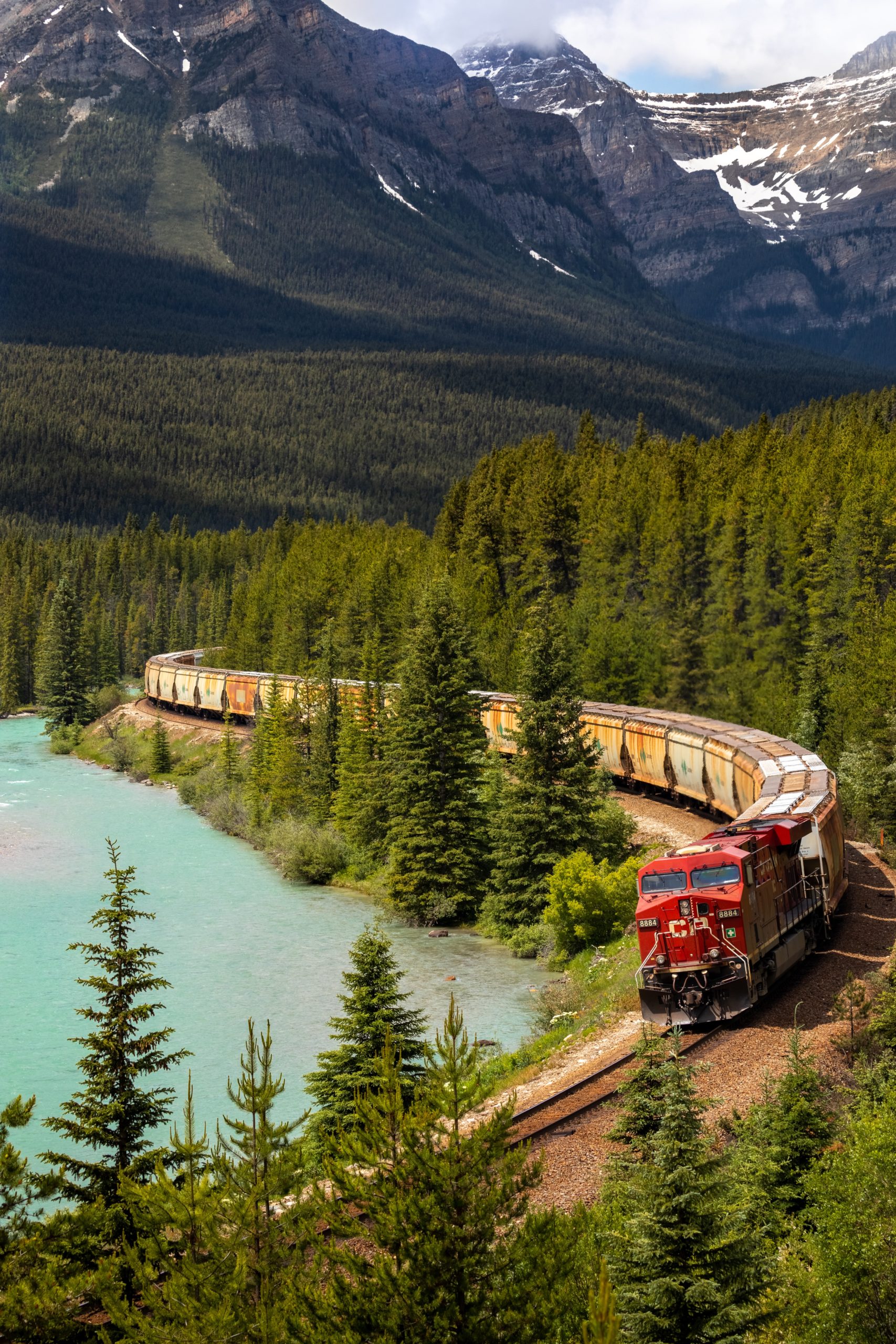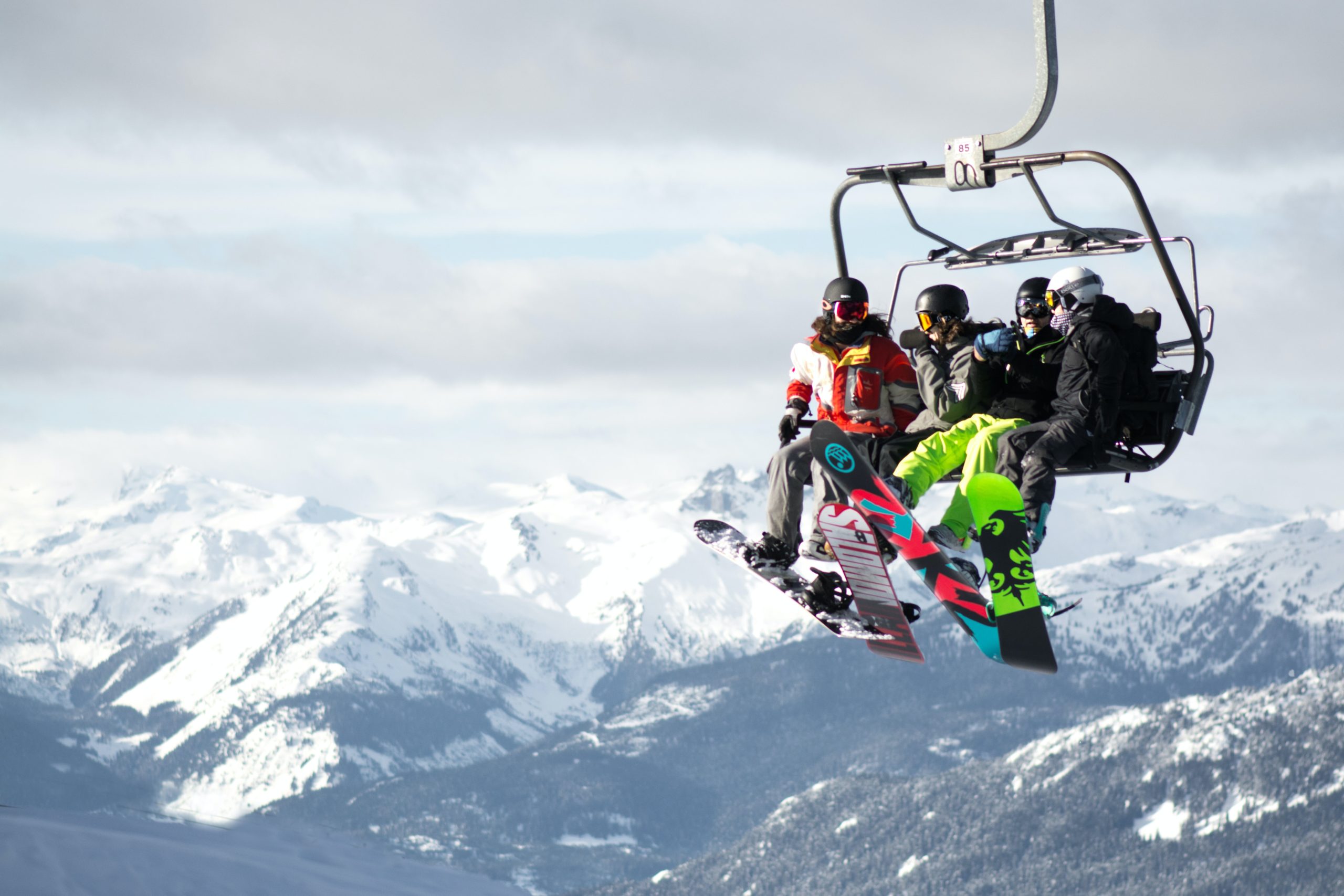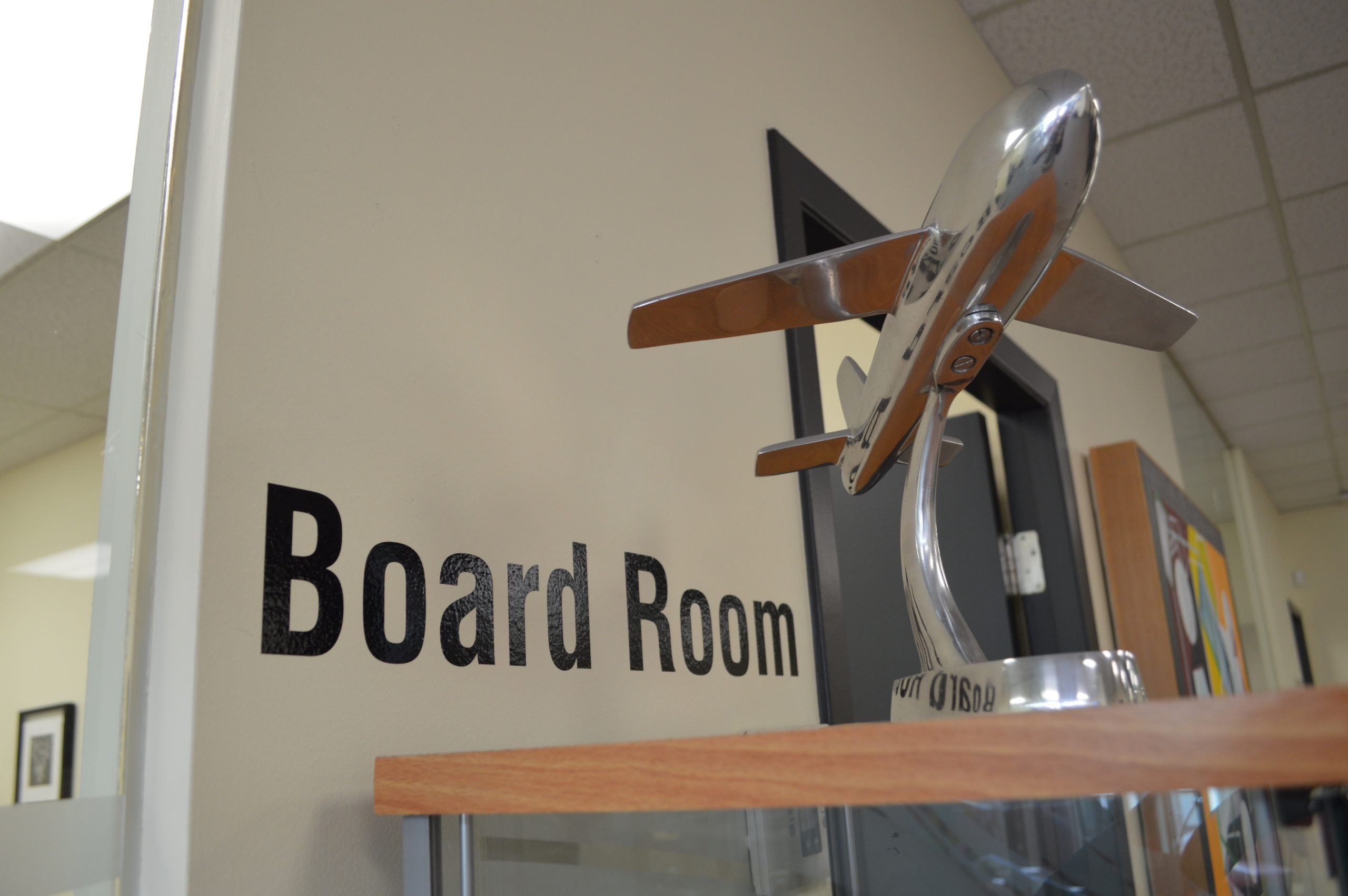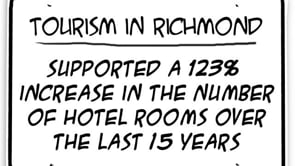1.4: British Columbia Overview
- Page ID
- 9311
\( \newcommand{\vecs}[1]{\overset { \scriptstyle \rightharpoonup} {\mathbf{#1}} } \)
\( \newcommand{\vecd}[1]{\overset{-\!-\!\rightharpoonup}{\vphantom{a}\smash {#1}}} \)
\( \newcommand{\id}{\mathrm{id}}\) \( \newcommand{\Span}{\mathrm{span}}\)
( \newcommand{\kernel}{\mathrm{null}\,}\) \( \newcommand{\range}{\mathrm{range}\,}\)
\( \newcommand{\RealPart}{\mathrm{Re}}\) \( \newcommand{\ImaginaryPart}{\mathrm{Im}}\)
\( \newcommand{\Argument}{\mathrm{Arg}}\) \( \newcommand{\norm}[1]{\| #1 \|}\)
\( \newcommand{\inner}[2]{\langle #1, #2 \rangle}\)
\( \newcommand{\Span}{\mathrm{span}}\)
\( \newcommand{\id}{\mathrm{id}}\)
\( \newcommand{\Span}{\mathrm{span}}\)
\( \newcommand{\kernel}{\mathrm{null}\,}\)
\( \newcommand{\range}{\mathrm{range}\,}\)
\( \newcommand{\RealPart}{\mathrm{Re}}\)
\( \newcommand{\ImaginaryPart}{\mathrm{Im}}\)
\( \newcommand{\Argument}{\mathrm{Arg}}\)
\( \newcommand{\norm}[1]{\| #1 \|}\)
\( \newcommand{\inner}[2]{\langle #1, #2 \rangle}\)
\( \newcommand{\Span}{\mathrm{span}}\) \( \newcommand{\AA}{\unicode[.8,0]{x212B}}\)
\( \newcommand{\vectorA}[1]{\vec{#1}} % arrow\)
\( \newcommand{\vectorAt}[1]{\vec{\text{#1}}} % arrow\)
\( \newcommand{\vectorB}[1]{\overset { \scriptstyle \rightharpoonup} {\mathbf{#1}} } \)
\( \newcommand{\vectorC}[1]{\textbf{#1}} \)
\( \newcommand{\vectorD}[1]{\overrightarrow{#1}} \)
\( \newcommand{\vectorDt}[1]{\overrightarrow{\text{#1}}} \)
\( \newcommand{\vectE}[1]{\overset{-\!-\!\rightharpoonup}{\vphantom{a}\smash{\mathbf {#1}}}} \)
\( \newcommand{\vecs}[1]{\overset { \scriptstyle \rightharpoonup} {\mathbf{#1}} } \)
\( \newcommand{\vecd}[1]{\overset{-\!-\!\rightharpoonup}{\vphantom{a}\smash {#1}}} \)
\(\newcommand{\avec}{\mathbf a}\) \(\newcommand{\bvec}{\mathbf b}\) \(\newcommand{\cvec}{\mathbf c}\) \(\newcommand{\dvec}{\mathbf d}\) \(\newcommand{\dtil}{\widetilde{\mathbf d}}\) \(\newcommand{\evec}{\mathbf e}\) \(\newcommand{\fvec}{\mathbf f}\) \(\newcommand{\nvec}{\mathbf n}\) \(\newcommand{\pvec}{\mathbf p}\) \(\newcommand{\qvec}{\mathbf q}\) \(\newcommand{\svec}{\mathbf s}\) \(\newcommand{\tvec}{\mathbf t}\) \(\newcommand{\uvec}{\mathbf u}\) \(\newcommand{\vvec}{\mathbf v}\) \(\newcommand{\wvec}{\mathbf w}\) \(\newcommand{\xvec}{\mathbf x}\) \(\newcommand{\yvec}{\mathbf y}\) \(\newcommand{\zvec}{\mathbf z}\) \(\newcommand{\rvec}{\mathbf r}\) \(\newcommand{\mvec}{\mathbf m}\) \(\newcommand{\zerovec}{\mathbf 0}\) \(\newcommand{\onevec}{\mathbf 1}\) \(\newcommand{\real}{\mathbb R}\) \(\newcommand{\twovec}[2]{\left[\begin{array}{r}#1 \\ #2 \end{array}\right]}\) \(\newcommand{\ctwovec}[2]{\left[\begin{array}{c}#1 \\ #2 \end{array}\right]}\) \(\newcommand{\threevec}[3]{\left[\begin{array}{r}#1 \\ #2 \\ #3 \end{array}\right]}\) \(\newcommand{\cthreevec}[3]{\left[\begin{array}{c}#1 \\ #2 \\ #3 \end{array}\right]}\) \(\newcommand{\fourvec}[4]{\left[\begin{array}{r}#1 \\ #2 \\ #3 \\ #4 \end{array}\right]}\) \(\newcommand{\cfourvec}[4]{\left[\begin{array}{c}#1 \\ #2 \\ #3 \\ #4 \end{array}\right]}\) \(\newcommand{\fivevec}[5]{\left[\begin{array}{r}#1 \\ #2 \\ #3 \\ #4 \\ #5 \\ \end{array}\right]}\) \(\newcommand{\cfivevec}[5]{\left[\begin{array}{c}#1 \\ #2 \\ #3 \\ #4 \\ #5 \\ \end{array}\right]}\) \(\newcommand{\mattwo}[4]{\left[\begin{array}{rr}#1 \amp #2 \\ #3 \amp #4 \\ \end{array}\right]}\) \(\newcommand{\laspan}[1]{\text{Span}\{#1\}}\) \(\newcommand{\bcal}{\cal B}\) \(\newcommand{\ccal}{\cal C}\) \(\newcommand{\scal}{\cal S}\) \(\newcommand{\wcal}{\cal W}\) \(\newcommand{\ecal}{\cal E}\) \(\newcommand{\coords}[2]{\left\{#1\right\}_{#2}}\) \(\newcommand{\gray}[1]{\color{gray}{#1}}\) \(\newcommand{\lgray}[1]{\color{lightgray}{#1}}\) \(\newcommand{\rank}{\operatorname{rank}}\) \(\newcommand{\row}{\text{Row}}\) \(\newcommand{\col}{\text{Col}}\) \(\renewcommand{\row}{\text{Row}}\) \(\newcommand{\nul}{\text{Nul}}\) \(\newcommand{\var}{\text{Var}}\) \(\newcommand{\corr}{\text{corr}}\) \(\newcommand{\len}[1]{\left|#1\right|}\) \(\newcommand{\bbar}{\overline{\bvec}}\) \(\newcommand{\bhat}{\widehat{\bvec}}\) \(\newcommand{\bperp}{\bvec^\perp}\) \(\newcommand{\xhat}{\widehat{\xvec}}\) \(\newcommand{\vhat}{\widehat{\vvec}}\) \(\newcommand{\uhat}{\widehat{\uvec}}\) \(\newcommand{\what}{\widehat{\wvec}}\) \(\newcommand{\Sighat}{\widehat{\Sigma}}\) \(\newcommand{\lt}{<}\) \(\newcommand{\gt}{>}\) \(\newcommand{\amp}{&}\) \(\definecolor{fillinmathshade}{gray}{0.9}\)Origins of Tourism in BC
As with the history of tourism in Canada, it is often stated that the first tourists to BC were explorers. In 1778, Captain James Cook touched down on Vancouver Island, followed by James Douglas in 1842, a British agent who had been sent to find new headquarters for the Hudson’s Bay Company, ultimately choosing Victoria. Through the 1860s, BC’s gold rush attracted prospectors from around the world, with towns and economies springing up along the trail (PricewaterhouseCoopers, 2009).
Railway Travel: Full Steam Ahead!
The development of BC’s tourism industry began in earnest in the late 1800s when the CPR built accommodation properties along its newly completed trans-Canada route, capturing revenues from overnight stays to help alleviate their increasing corporate debt. Following the 1886 construction of small lodges at stops in Field, Rogers Pass, and Fraser Canyon, the CPR opened the Hotel Vancouver in May 1887 (Dawson, 2004).

As opposed to Atlantic Canada, where tourism promotion centred around attracting hunters and fishermen for a temporary infusion of cash, tourism in British Columbia was seen as a way to lure farmers and settlers to stay in the new province. Industry associations began to form quickly: the Tourist Association of Victoria (TAV) in February 1902, and the Vancouver Tourist Association in June of the same year (Dawson, 2004).
Many of the campaigns struck by these and other organizations between 1890 and 1930 centred on the province’s natural assets, as people sought to escape modern convenience and enjoy the environment. A collaborative group called the Pacific Northwest Travel Association (BC, Washington, and Oregon) promoted “The Pacific Northwest: The World’s Greatest Out of Doors,” calling BC “The Switzerland of North America.” Promotions like these seemed to have had an effect: in 1928, over 370,000 tourists visited Victoria, spending over $3.5 million (Dawson, 2004).
The Great Depression and World War II
As the world’s economy was sent into peril during the Great Depression in the 1930s, tourism was seen as an economic solution. A newly renamed Greater Victoria Publicity Bureau developed strategies to promote tourism spending, with visitor revenues accounting for around 13.5% of BC’s income in 1930. By 1935, an organization known as the TTDA (Tourist Trade Development Association of Victoria and Vancouver Island) looked to create a more stable industry through strategies to increase visitors’ length of stay (Dawson, 2004).
In 1937, the provincial Bureau of Industrial and Tourist Development (BITD) was formed through special legislation with a goal of increasing tourist traffic. By 1938, the organization changed its name to the British Columbia Government Travel Bureau (BCGTB) and was granted a budget increase to $105,000. In 1939, Vancouver welcomed the King and Queen of England and celebrated the opening of the Lions Gate Bridge, activities that reportedly bolstered tourism numbers (Dawson, 2004).
The December 1941 Japanese attack on Pearl Harbor in Hawaii had negative repercussions for tourism in the Pacific Rim and was responsible for an era of decreased visitation to British Columbia, despite attempts by some to market the region as exciting. From 1939 to 1943, US visits to Vancouver dropped from over 307,000 to approximately 183,600. Just two years later, however, that number jumped to 369,250, as a result of campaigns like the 1943 initiative aimed at Americans that marketed BC as “comrades in war” (Dawson, 2004).
Post-War Rebound
A burst of post-war spending began in 1946, and although short-lived, was supported by steady government investment in marketing throughout the 1950s. As tourism grew in BC, however, so did competition for US dollars from Mexico, the Caribbean, and Europe. The decade that followed saw an emphasis on promoting BC’s history, its “Britishness,” and the commodification of Indigenous culture. The BCGTB began marketing efforts to extend the travel season, encouraging travel in September during prime fishing season. The bureau also promoted visitors to explore specific areas, including the Lower Fraser Valley, the Okanagan-Fraser Canyon Loop, and the Kamloops-Cariboo region (Dawson, 2004).
In 1954, Vancouver hosted the British Empire Games, investing in the construction of Empire Stadium. A few years later, an increased emphasis on events and convention business saw the Greater Vancouver Tourist Association change its name in 1962 to the Greater Vancouver Visitors and Convention Bureau (PricewaterhouseCoopers, 2009).
The ski industry was also on the rise: in 1961, the lodge and chairlift on Tod Mountain (now Sun Peaks) opened, and Whistler followed suit five years later (PricewaterhouseCoopers, 2009). Ski partners became pioneers of collaborative marketing in the province with the foundation of the Ski Marketing Advisory Committee (SMAC) supported by Tod Mountain and Big White, evolving into today’s Canada’s West Ski Area Association (Magnes, 2010). This pioneer spirit was evident across the ski sector: the entire sport of heliskiing was invented by Hans Gosmer of BC’s Canadian Mountain Holidays. The province also held the title of having 90% of the world’s heliskiing market share back in 2016 (McLeish, 2014).
The concept of collaboration extended throughout the province as innovative funding structures saw the cost of marketing programs shared between government and industry in BC. These programs were distributed through regional Destination Marketing Organizations (DMOs) and considered “the most constructive and forward looking plan of its kind in Canada” (Dawson 2004, p.194).
Tourism in BC continued to grow through the 1970s. In 1971, the Hotel Room Tax Act was introduced, allowing for a 5% tax to be collected on room nights with the funds collected to be put toward marketing and development. By 1978, construction had begun on Whistler Village, with Blackcomb Mountain opening two years later (PricewaterhouseCoopers, 2009). Funding programs in the late 1970s and early 1980s such as the Canada BC Tourism Agreement (CBCTA) and Travel Industry Development Subsidiary Agreement (TIDSA) allowed communities to invest in projects that would make them more attractive tourism destinations. In the mountain community of Kimberley, for instance, the following improvements were implemented through a $3.1 million forgivable loan: a new road to the ski resort, a covered tennis court, a mountain lodge, an alpine slide, and nine more holes for the golf course (e-Know, 2011).

Around the same time, the “Super, Natural British Columbia” brand was introduced, and a formal bid was approved for Vancouver to host a fair then known as Transpo 86 (later Expo 86). Tourism in the province was about to truly take off.
Expo 86 and Beyond
By the time the world fair Expo 86 came to a close in October 1986, it had played host to 20 million guests. Infrastructure developments, including rapid rail (SkyTrain), airport improvements, a new trade and convention centre at Canada Place (with a cruise ship terminal), and hotel construction, had positioned the city and the province for further growth (PricewaterhouseCooopers, 2009). The construction and opening of the Coquihalla Highway through to 1990 enhanced the travel experience and reduced travel times to vast sections of the province (Magnes, 2010).
By 2000, Vancouver International Airport (YVR) was named number one in the world by the International Air Transport Association’s survey of international passengers. Five years later, the airport welcomed a record 16.4 million passengers (PricewaterhouseCoopers, 2009).
Going for Gold

In 2003, the International Olympic Committee named Vancouver/Whistler as the host city for the 2010 Olympic and Paralympic Winter Games. Infrastructure development followed, including the expansion of the Sea-to-Sky Highway, the creation of Vancouver Convention Centre West, and the construction of the Canada Line, a rapid transport line connecting the airport with the city’s downtown.
As BC prepared to host the Games, its international reputation continued to grow. Vancouver was voted “Best City in the Americas” by Condé Nast Traveller magazine three years in a row. Kelowna was named “Best Canadian Golf City” by Canada’s largest golf magazine, and BC was named the “Best Golf Destination in North America” by the International Association of Golf Tour Operators. Kamloops, known as Canada’s Tournament City, hosted over 100 sports tournaments that same year, and nearby Sun Peaks Resort was named the “Best Family Resort in North America” by the Great Skiing and Snowboarding Guide in 2008 (PricewaterhouseCoopers, 2009).
By the time the Vancouver 2010 Olympic and Paralympic Games took place, over 80 participating countries, 6,000 athletes, and 3 billion viewers put British Columbia on centre stage.
Spotlight On: Destination British Columbia
Destination BC is a Crown corporation founded in November 2012 by the Government of British Columbia works in collaboration with Destination Canada. Its mandate includes marketing the province as a tourist destination (at home and around the world), promoting the development and growth of the industry, providing advice and recommendations to the tourism minister on related matters, and enhancing public awareness of tourism and its economic value to British Columbia (Province of British Columbia, 2013b). Destination BC’s corporate site and their traveller website, called HelloBC, are both valuable sources of tourism information.
Tourism in BC Today
Building on the momentum generated by hosting the 2010 Winter Olympic Games, tourism in BC remains big business. In 2018, the industry generated $20.5 billion in revenue.
The provincial industry is made up of over 19,329 businesses, the majority of which are SMEs (small to medium enterprises), and together they employ approximately 161,500 people (Destination BC, 2018). It may surprise you to learn that in British Columbia, tourism provides the highest Gross Domestic Product, or the total revenues produced in a period of time, in 2018—more than mining, oil and gas, agriculture, and forestry (Destination BC, 2018).
Spotlight On: The Tourism Industry Association of BC
Founded in 1993 as the Council of Tourism Associations, today the Tourism Industry Association of BC (TIABC) is a not-for-profit trade association comprising members from private sector tourism businesses, industry associations, and destination marketing organizations (DMOs). Its goal is to ensure the best working environment for a competitive tourism industry. It hosts industry networking events and engages in advocacy efforts as “the voice of the BC tourism industry.” Students are encouraged to join TIABC to take advantage of their connections and receive a discount at numerous industry events. For more information, visit the Tourism Industry Association of BC’s website.
One of the challenges for BC’s tourism industry, as long been argued, is fragmentation. Back in September 1933, an article in the Victoria Daily Times argued for more coordination across organizations in order to capitalize on what they saw as Canada’s “largest dividend payer” (Dawson, 2004). Today, more than 80 years later, you will often hear BC tourism professionals say the same thing.
On the other hand, some experts believe that the industry is simply a model of diversity, acknowledging that tourism is a compilation of a multitude of businesses, services, organizations, and communities. They see the ways in which these components are working together toward success, rather than focusing on friction between the groups.
Many communities are placing a renewed focus on educating the general public and other businesses about the value of tourism and the ways in which stakeholders work together. The following case study highlights this in more detail:
Take a Closer Look: Tourism Pays in Richmond, BC
The community of Richmond, BC, brings to life the far-reaching positive economic effects of tourism in action. Watch the short video called Tourism Pays to see what we mean!

Throughout the rest of this textbook, you will have a chance to learn more about the history and current outlook for tourism in BC, with in-depth coverage of some of the triumphs and challenges we face as an industry. You will also learn about the Canadian and global contexts of the tourism industry’s development.
Video Attributions
- “Tourism Pays” by Tourism Richmond. All rights reserved.



